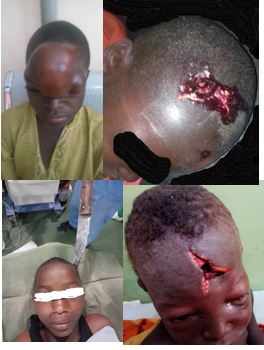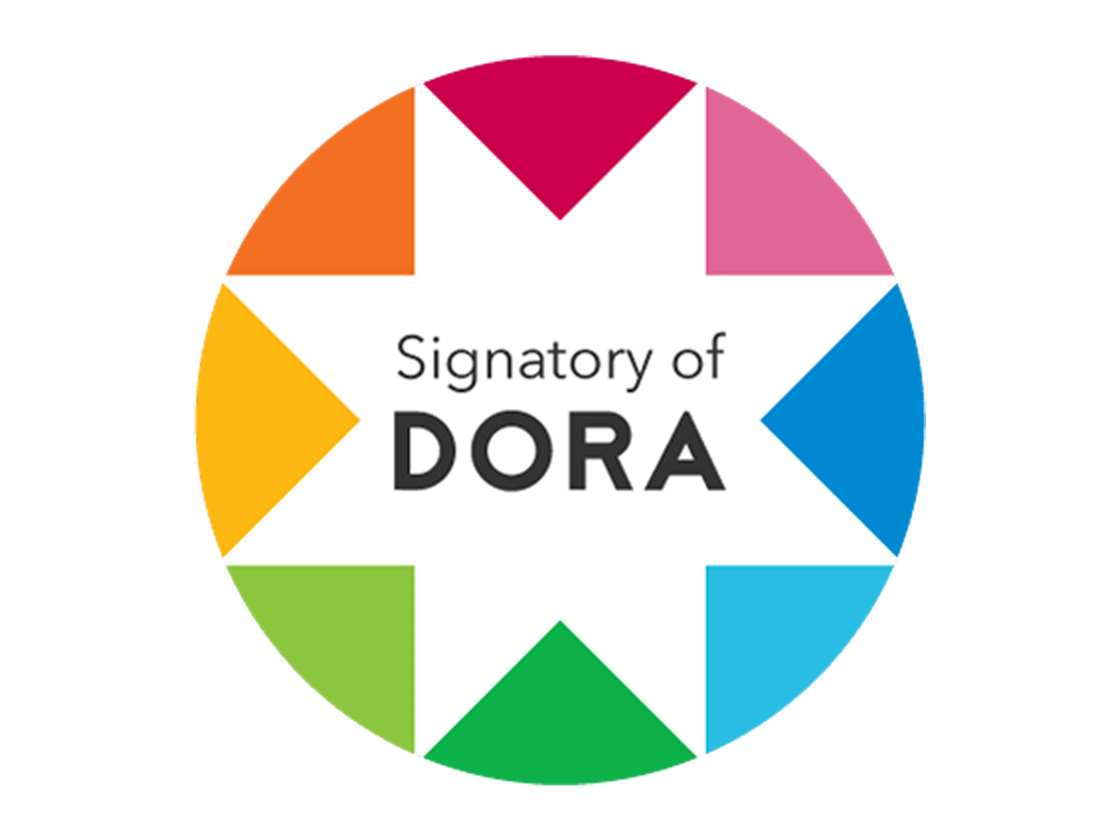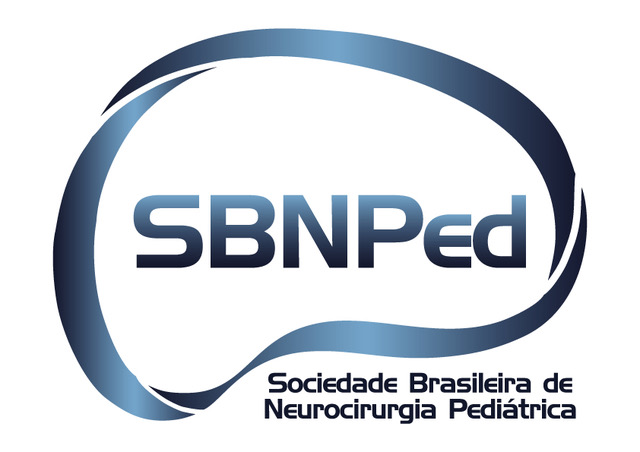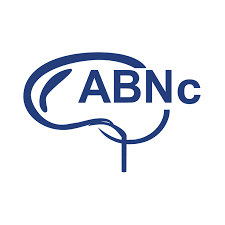Paediatric Neurosurgical emergency operations:Clinical spectrum, Presentation-Intervention Interval and Early operative outcome in Regional Neurosurgical center, Nigeria
DOI:
https://doi.org/10.46900/apn.v6i2.240%20Keywords:
Paediatric Neurosurgery, paediatric emergency operations, hydrocephalus, penetrating head injury in childrenAbstract
BACKGROUND: Pediatric neurosurgical emergencies are prevalent worldwide, often triggered by acute, life-threatening conditions that necessitate immediate surgery to prevent disability and death. Managing these conditions perioperatively poses significant challenges for neurosurgeons and anesthetists due to potential complications like anemia, seizures, electrolyte imbalances, intracranial hypertension, and vision threats, alongside the primary neurosurgical issues. Proper correction and optimization of these physiological derangements before surgery are crucial for favorable postoperative outcomes.
PATIENTS AND METHODS: This retrospective study analyzes emergency neurosurgical operations performed on children aged sixteen and under at a neurosurgical center in Sokoto, Nigeria, from January 2018 to December 2021. The center caters to a population of approximately twenty million people from three north-western and one north-central Nigerian states, as well as neighboring Niger and Benin republics. The area features a mostly arid climate with limited seasonal rainfall and experiences the Sahara’s harmattan winds.
RESULTS A total of 131 children underwent emergency neurosurgical procedures during the study period. The majority were males (71%), with an average age of 5.6 years. Hydrocephalus was the most frequent emergency condition, leading to 44.3% of surgeries, primarily through ventriculoperitoneal shunt procedures, which accounted for 42.7% of interventions. Anemia was the most common comorbid condition. The mean time from presentation to intervention was 10 days. Postoperatively, 17.9% of patients suffered from surgical site infections, yet 67.9% had favorable outcomes with a mortality rate of 7.1%.
CONCLUSION: This study underscores the importance of timely surgical interventions and highlights the predominance of ventriculoperitoneal shunts in treating pediatric hydrocephalus in the region, with generally positive outcomes despite delays
Downloads

Downloads
Published
How to Cite
Issue
Section
License
Copyright (c) 2024 Aliyu Muhammad Koko Koko, Ali Lasseini, Usman Daibu, Muhammad Mansur Idris

This work is licensed under a Creative Commons Attribution 4.0 International License.

When publishing in Archives of Pediatric Neurosurgery journal, authors retain the copyright of their article and agree to license their work using a Creative Commons Attribution 4.0 International Public License (CC BY 4.0), thereby accepting the terms and conditions of this license (https://creativecommons.org/licenses/by/4.0/legalcode).
The CC BY 4.0 license terms applies to both readers and the publisher and allows them to: share (copy and redistribute in any medium or format) and adapt (remix, transform, and build upon) the article for any purpose, even commercially, provided that appropriate credit is given to the authors and the journal in which the article was published.
Authors grant Archives of Pediatric Neurosurgery the right to first publish the article and identify itself as the original publisher. Under the terms of the CC BY 4.0 license, authors allow the journal to distribute the article in third party databases, as long as its original authors and citation details are identified.





























